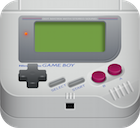
Welcome to our page dedicated to Game Boy reverse engineering! The Game Boy was a groundbreaking handheld gaming console that was released in 1989, and has since become an iconic symbol of the early days of portable gaming. If you’re interested in learning more about the technical aspects of this console and how it works, you’ve come to the right place.
On this page, we’ve compiled a list of links to other pages that cover various topics related to Game Boy reverse engineering. Whether you’re interested in understanding the hardware architecture of the console, analyzing game code, or exploring the many mods and hacks that have been created by enthusiasts over the years, you’ll find a wealth of resources and information on the pages we’ve linked to.
So grab your Game Boy and get ready to dive into the exciting world of Game Boy reverse engineering!
Main specs of the original GameBoy:
When it comes to finding a game to reverse engineer, it can be helpful to look at games that are cross-platform to compare builds. But the most valuable reverse engineering projects tend to be the platform exclusives, as these are the games people can no longer play on modern consoles.
The 8-bit Game Boy was sold between 1989 and 2003, but its architecture more closely resembles machines from the early 1980s, like the Commodore 64 or the NES.
This talk attempts to communicate “everything about the Game Boy” to the listener, including its internals and quirks, as well as the tricks that have been used by games and modern demos, reviving once more the spirit of times when programmers counted clock cycles and hardware limitations were seen as a challenge.
The Game Boy has a variant of the Zilog Z80 processor, well technically it is a CPU between the i8080 and the Z80, it is not binary compatible with either but there are similarities. You need a assembler that can handle the Game Boy specific opcodes in order to write functional code for the Game Boy in assembly language.
Every game produced for the Game Boy required a little piece of code known as the “bootloader” or boot code to initialise the state of the console. You don’t have to know anything about this, but it can be fascinating to find out what the Game Boy does as soon as you hit that power button.
There have been a few very successful reverse engineering projects for the Game Boy, one of the most successful is the Pokemon disassembly which managed to reverse engineer the entire game into a rebuildable ROM!
The Pokemon Reverse Engineering Team (PRET) have managed to pull off a marvellous achievement, they have fully reverse engineered Pokemon Red and Blue back into retail-matching assembly code.
In August 2016 the website KZone started a full disassembly of the classic Game Boy game Link’s Awakening, along the way they have written some excellent in-depth articles about how the game works. Check it out!
Special hardware was sold directly from Nintendo in order to make it easy for third party developers to get started making their own games for the new handheld.
Along with the hardware, Nintendo also provided a fairly limited software development kit, which contained tools such as z80 assemblers and linkers.
We used to have a post on the hardware architecture of the Game Boy, but now we have replaced it for a link to the far superior page on copetti.org, it is a must read for any reverse engineer or beginner emulator developer.
The CPU used in the original Game Boy was a custom Sharp LR35902, which is often considered similar to the Zilog Z80 but with some variations. While it was based on the Z80 architecture, it was not produced by Zilog.
If you want to go really low level into the Game Boy hardware, you can view a re-creation of the Game Boy Circuit Schematics over on Github: gb-schematics/MGB-xCPU.pdf at master · Gekkio/gb-schematics · GitHub
In Japan an adapter was released that allowed you to connect your GameBoy Color to a mobile phone called The Mobile Adapter GB. Only a few Japanese games supported this adapter, one of which was Pokemon Crystal.
TheXcellerator has written an excellent article on not only how the adapter works but also how he managed to create an exploit to run custom code through the adapter!
Here is the link: Tetsuji: Remote Code Execution on a GameBoy Colour 22 Years Later :: TheXcellerator
The Super GameBoy was a Super Nintendo Cartridge that allowed you to play Original GameBoy (DMG) games on the big screen (TV Monitor). It did this by including all the hardware a normal GameBoy has (a z80 cpu etc) minus the screen and the buttons:
Official device to play gameboy (including GBA) games on the N64, but was not sold to the general public. You had to be a game developer or press in order to buy one from Intelligent Systems.
To go along with the Game Boy Camera Nintendo also releases a Game Boy Printer to print the photos you have taken, it also had integration with a couple of GB games such as Pokemon Yellow/Gold/Silver to print out Pokedex stickers 1.
Similar to the Super GameBoy but this is for the Nintendo 64 and not licenced by Nintendo, I first saw this for sale in issue X of the UK Nintendo Official Magazine.
For more information:
Similar to the Super GameBoy but this is for the Sony Playstation!
There was also one for PS2 that played Game Boy Color games called the GameStudio:
Konami came out with a custom “controller” for Dance Dance Revolution that goes on top of the Game Boy Color and maps the buttons, quite cool but a very cheap accessory.
The source code for the Game Boy classic Mr Do! has been kindly released by two of the original game developers and can provide an excellent reference for how retail Game Boy games were developed in 1990!
The Game Boy game Alien 3 was written in only 5 weeks by legendary game programmer Jas Austin:
Fastest commercial game I've ever written? That would have been Alien3 on Gameboy. Done in about 5 weeks :) with @recluse_games #gamedev
— Jas Austin (@IamXERO) February 1, 2013
The Game Boy classic R-Type was programmed by Jas Austin completely from Memory as he didn’t have any code or assets from any other version of the game!
I agree, it's amazing some of the lengths we have to go to when we didn't have code or assets. For R-Type I did most of it from memory after visits to the Trocadero in London. And I didn't live in London.
— Jas Austin (@IamXERO) April 18, 2020
The company B.I.T.S obtained the license to develop the Game Boy version of the game but required a programmer to work on the title. Jas Austin heard about this through his agency and travelled to London to meet up, he impressed them so much that he was given a development kit and a deadline of a week to come up with a demo! He did such a good job he got a permanent job at B.I.T.S 2.
One cool easter egg he added to the game was an implementation of John Conway’s game of Life!
I hid a version of John Conway’s game of Life in R-Type on the Game Boy.
— Jas Austin (@IamXERO) April 5, 2021
Source graphics for Gameboy R-Type Lv3 ship. By Mark Jones... #ScreenshotSaturday24YearsAgo pic.twitter.com/RsKlc0rQOE
— Jas Austin (@IamXERO) April 25, 2015
TheHappieCat explains the technical wizardry Satoru Iwata employed to fit the Kanto region into Pokémon Gold & Silver. The video provides a primer on low-level assembly programming and memory alignment, illustrating how efficient data packing and optimization allowed for the game’s massive scope on the limited Game Boy Color hardware.
If you are interested in reverse engineering Gamy Boy Homebrew you will want to check out the tool gbtoolsid which can give an indication of what tool was used to make the rom (e.g GBDK, GBStudio etc): bbbbbr/gbtoolsid: A command line app for identifying tools used to build Game Boy ROMs
Blem! was a prank ROM for the Game Boy which pretended to load up a Playstation 1 emulator on the Game Boy. This is a reference to the Bleam! Playstation emulator released for Mac and Dreamcast. I doubt anyone really believed this prank but it was mentioned in the UK Magazine GBX issue 3 (Septermber 2001) when talking about Game Boy emulation for PC (NoCash) and Mac (Virtual Boy) [^11].
I reverse-engineered the audio chip in the #Nintendo Game Boy Color. It contains three power op-amps for the speaker and headphone channels. This 1998 chip is built from about 100 NPN and PNP transistors. Die photo from @johndmcmaster. Article & schematic:https://t.co/EhsVogAJPl pic.twitter.com/J6CYPsOdaz
— Ken Shirriff (@kenshirriff) May 2, 2020
If you are interested in low-level hardware details about the Game Boy then this is a must read article: Reverse-engineering the audio amplifier chip in the Nintendo Game Boy Color
This is a very interesting project that played a large set of gameboy games in a custom headless emulator and tracked the audio registers into a text format. They then trained a Machine Learning algorithm on that audio data and used it to generate completely new Gameboy Music! Check it out here: jawline/Synthic: Automatically generate gameboy music using machine learning

Introduction The Game Boy Reversing Emulator (RE) is a fork of the libRetro Same Boy emulator tailored for reverse engineering. The main aim is to generate information that will be... ...

Official Game Boy Software Development Kit (by Intelligent Systems) The official Game Boy development kit was developed by Intelligent systems and sold with their development kit hardware such as the... ...
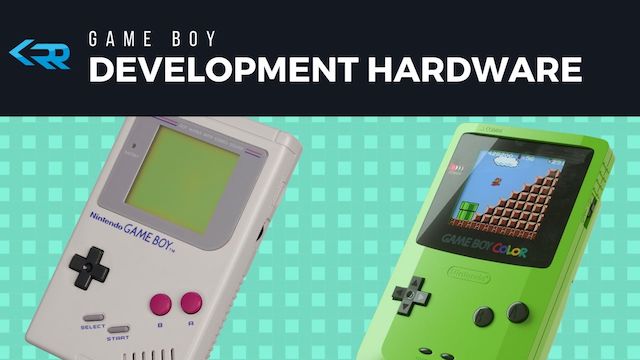
This post covers all the hardware developers used to create games for the original Dot Matrix Game Boy (DMG) and Game Boy Color (GBC) and some were even used for... ...
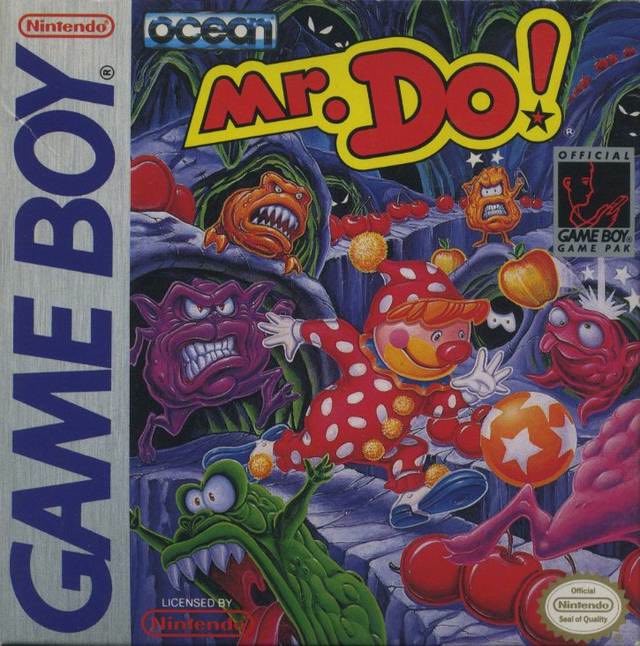
The source code for Ocean Software’s Mr Do! port to the Game Boy has been officially released by two of the original developers. Description from Paul Hughes 1 Many moons... ...
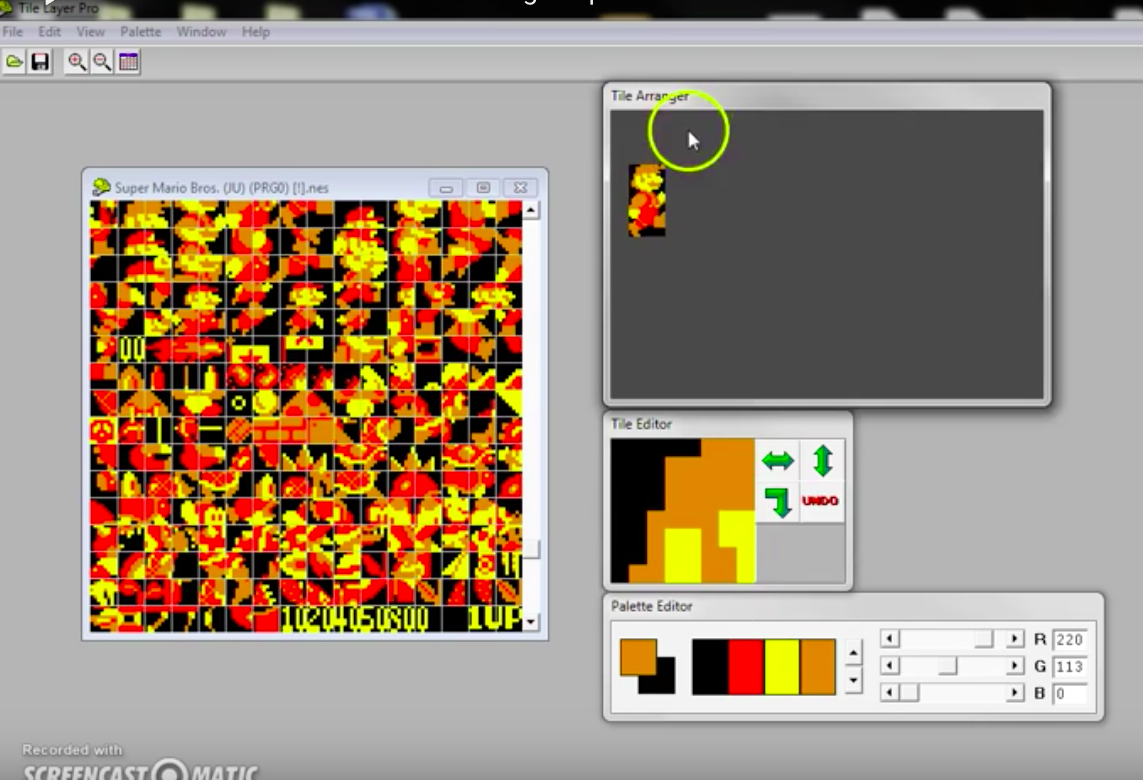
Sprite Tile editing with Tile Layer Pro If you have ever wondered how graphical rom hacks are made this is for you! This should work for most early games such... ...
On the 11th April 2020 the source code to the original generation of Pokemon games was released to 4chan as osrc.zip. This zip archive contained a password protected zip file... ...
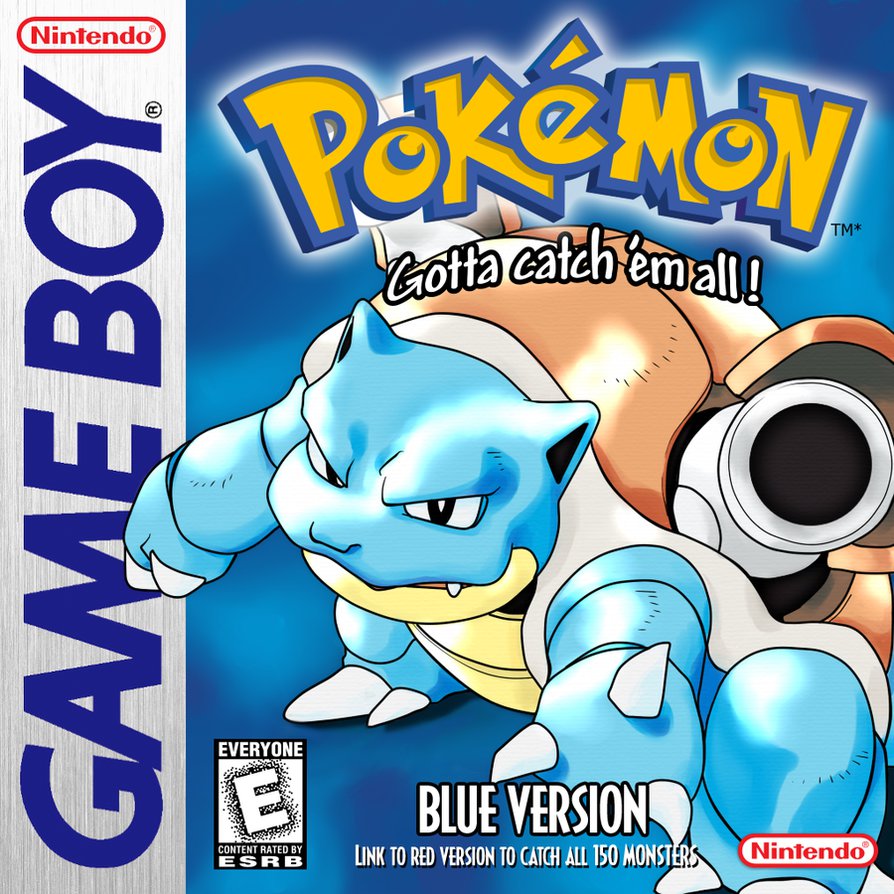
Introduction The Pokemon Reverse Engineering Team (PRET) have managed to pull off a marvellous achievement, they have fully reverse engineered Pokemon Red and Blue back into Z80 assembly code 1.... ...

Have you ever seen Twitch Plays Pokemon (TPP) and wondered how it actually works? How does typing comments in a twitch stream result in the player moving in the original... ...

The Zelda Links Awakening source code was released in the original Gigaleak inside dmg.7z which was inside Other.7z. DMG - Contains the main Assembly source code その他 - Translates to... ...

The Z80 Microprocessor: Pioneering Gaming and Beyond The history of the Z80 microprocessor is a tale of innovation and influence that left an indelible mark on the world of computing... ...